Keeping your garden healthy and thriving might be one of the hardest things to do. Weeding is probably one of the most disliked gardening tasks, usually because it’s hard work and the job never seems to be finished- remove one weed and two more will spring up in its place. Can you relate? I sure can.
That’s why knowing how to use a weeding tool in your garden and knowing which weeding tool to choose is essential for this tedious garden task.
Learn how weeds can affect plant growth, and how to stop weeds in your yard.
Keeping your Garden Healthy and Thriving
If you’re like many of us, you may be inclined to let a few weeds slide here and there. After all, it can be difficult to stay on top of weed growth everywhere it pops up.
What harm do weeds really do?
Competition for Nutrients
The bad news for other plants in your yard is that weeds compete for nutrients in the soil and sunlight, which can lead to stunted growth for your vegetables, flowers and lawn.
Competition for Space
On a similar note, weeds also take up space, which can make it harder for gardens to flourish.
Preventing weeds is the best way to limit their proliferation. The basic strategy here is to make your garden a less-than-hospitable location for unwanted plants.
First and foremost, limit the amount of bare soil present in your garden, as empty patches of fertile soil are like oases for weeds.
Instead, plant densely, use mulch and consider taking advantage of the natural weed-suppressing power of ground covers or landscaping fabric. The latter being effective but artificial.
Is weeding a garden necessary?
We can’t very well have a lot of weeds taking over our tomatoes or garden peas, but we can also recognize that these plants play an important part in natural systems and can play a vital role in our gardens. Indeed, weeds might actually be a good thing to have growing.
Many weeds are said to accumulate vital nutrients from the subsoil and bring the nutrients into their leaves. As the weed leaves die back, they make a healing medicine (fertilizer) for damaged topsoil.
What do weeds say about soil?
For example, weeds that have deep taproots, such as dandelions and burdock, generally indicate soils that are compacted, preventing plants with lesser roots from taking hold. These taproots break up the soils and eventually, as they decompose, create pathways for water, nutrients, and weaker roots systems.
Best Time for Weeding a Garden
The best time when to weed a garden is ideally after a rainstorm or after watering with the garden hose. The ground will be wet and the roots of the weeds will come out of the ground more easily. Weeding your garden in the morning, before the dew has dried, is also a good time to weed. While the soil will not be as soft as it would be after a rainfall or after watering, it will still be softer than later in the afternoon.
Spend less time weeding and more time gardening. Learn which are the right weeding tools to keep your garden beautiful and thriving!
Now, if you are looking into starting an indoor garden here are some very helpful tips you will enjoy. You can also read more about how a garden can save you money.
Finally, tell us, what are you growing in your garden this year? We have a few herbs, vegetables and are looking forward to seeing lots of more flowers in our garden this year.

Hi there! I’m Wanda – the creator and author at My Sweet Zepol a healthy food, travel, and lifestyle blog. Passionate about food photography, food styling, entertaining and advocate about creating memories around the kitchen table. With a mission to create easy-to-make meals for the busy family.
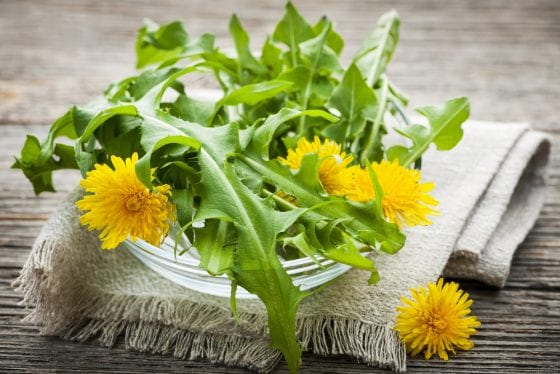
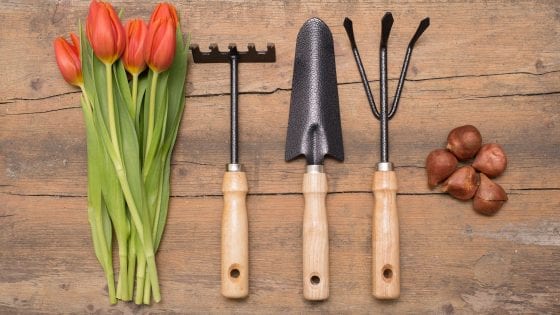
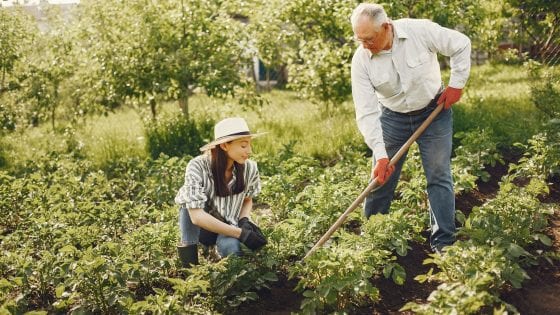
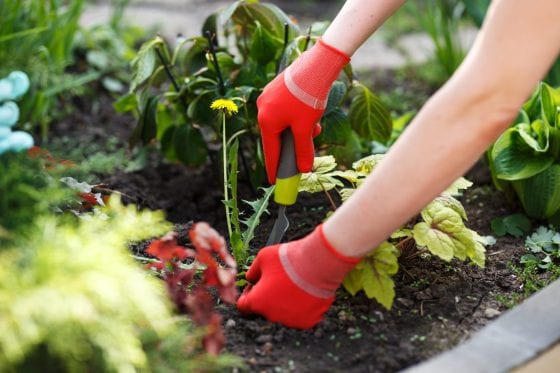
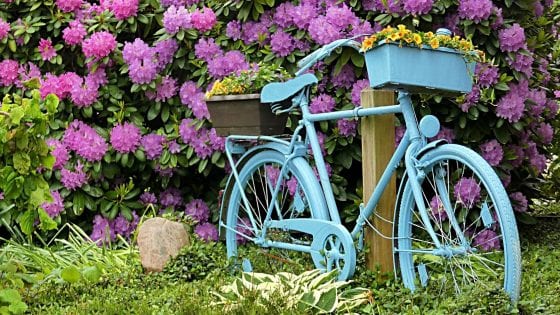
We hope to start a garden very soon, so I need all the tips! Thanks!
You’re welcome! I hope you start soon!
I do hate the weeding part of the garden. These are tips that I need to follow,
I hate it too but always get it done to end up with a beautiful garden.
This is such great information! I find gardens fascinating. I live in an NYC apartment, so no gardening for me, but I WILL have one one day!
I hope that day comes soon!
This is a lot of great info. I love having a garden each year. We do a smaller one, but love it.
I’m glad you do! Even if it’s a small one it is still very rewarding!
Some weeds are beautiful. We have some growing in our backyard with pretty little purple flowers. But the dandelions! Those have to go!
I agree!
I will keep these in mind. I love gardening so I find it fun to read stuff about it.
I’m glad you do and hope these posts help!
As I embark on a big garden this year, this is great information to have! When I lived in smaller places I had potted gardens, but now that I live in the country I want to go on this adventure!
I can’t wait to hear all about your gardening journey!
I don’t have a green thumb and I really try hard to keep my garden healthy. These tips will indeed help.
I’m glad they can!